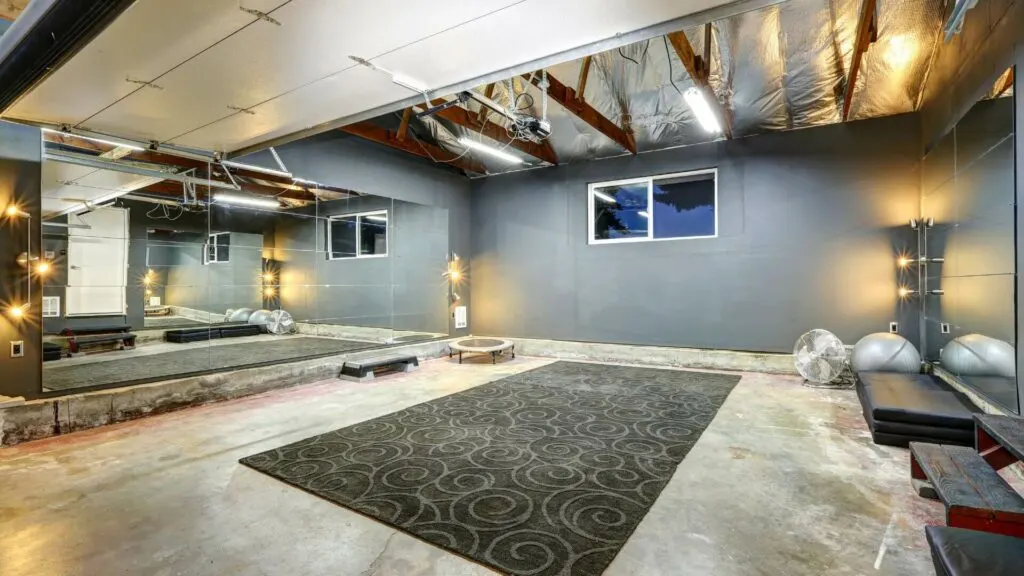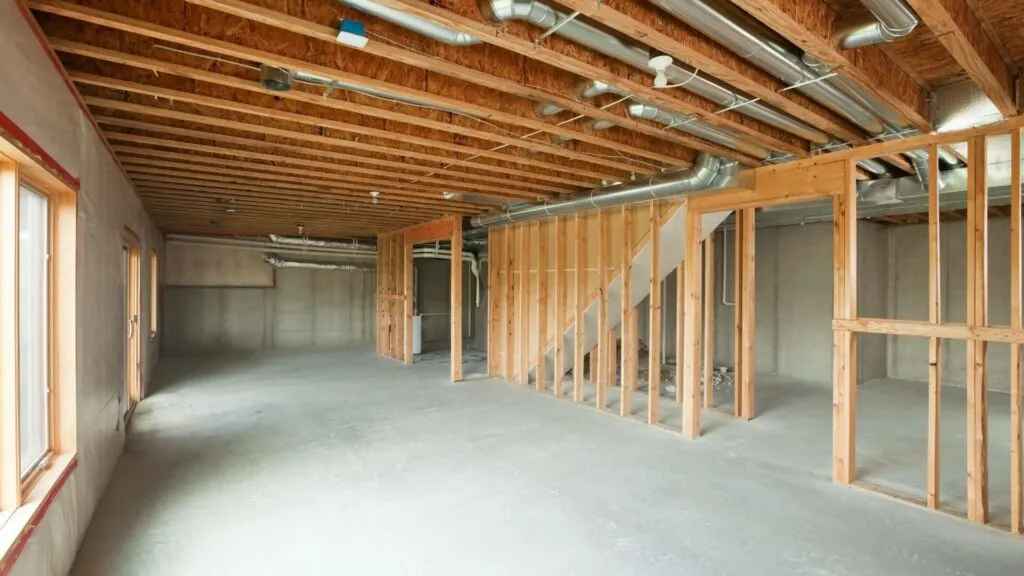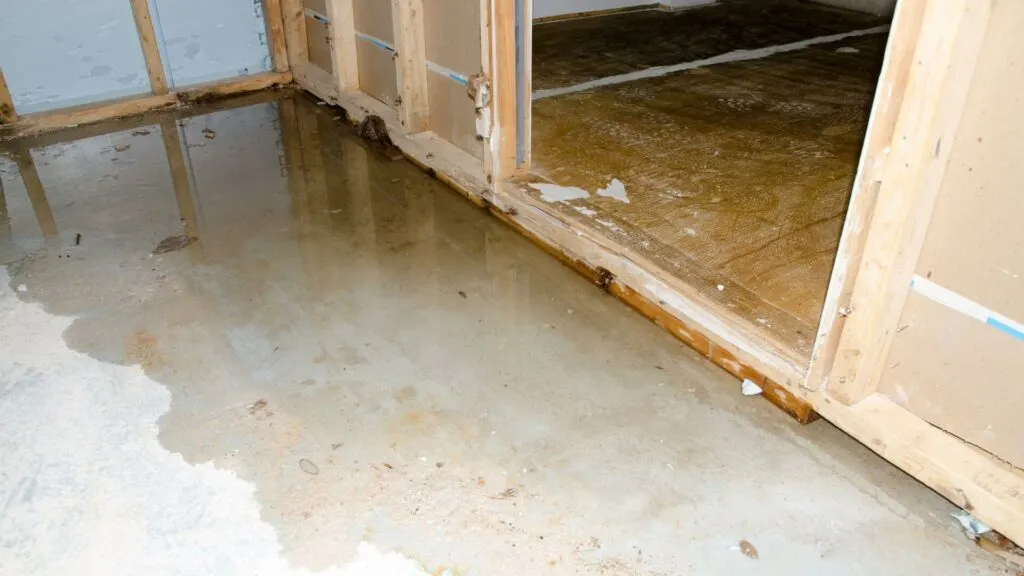Humidity and moisture in basements can cause severe damage to property and possessions over time if left unaddressed. Not only is dampness unpleasant and potentially unhealthy to experience, but it can lead to mold growth, wood rot, structural deterioration, and more.
For homeowners, effectively waterproofing a basement is critical for preventing costly repairs and maintaining a safe and comfortable living environment.
This article explores the sources of basement moisture, signs that a basement is damp, and strategies for exterior and interior waterproofing.

Understanding Basement Moisture
A damp or musty basement is an unwelcome problem many homeowners encounter. Excess moisture poses property damage, mold growth, and health concerns. However, with assistance from experts, intractable dampness is avoidable.
If, for instance, you reside in Philadelphia, where excess moisture in the basement is a common occurrence, you must take the help of a top basement waterproofing Philadelphia company.
Specialists thoroughly diagnose the root causes of wetness. They investigate sources like cracks, grading problems, or drainage deficiencies around each unique property.
Sources of Basement Moisture
Resolving dampness begins with determining where excess water enters. Sources usually involve seepage or condensation.
- Groundwater Seepage occurs when groundwater infiltrates through cracks in permeable foundations from high water tables or poor drainage during wet weather.
- Condensation – Condensation forms when humid indoor air condenses into droplets on cool surfaces. Homes produce vapor daily, accumulating where temperatures dip below dew points in ill-ventilated spaces.
Correctly diagnosing ingress points as seepage or condensation allows targeted solutions for each basement’s moisture issue. Proper identification is crucial to resolution.
Strategies For Effective Basement Waterproofing
The following are strategies you can use in basement waterproofing

1. Interior Drainage Systems
Many homeowners battle damp basements without lasting relief. A carefully designed interior drainage system eliminates moisture at its entry points. Also, installed along foundation walls and floors, perimeter drains collect infiltrating water through gravel and perforated pipes. Water is redirected to a central pump for removal.
Professionals thoroughly evaluate each home’s unique moisture to design customized drainage solutions. Components address all ingress pathways, making basements impenetrable to future seepage. Proper installation delivers quick drying within days, preventing structural damage from prolonged dampness. It also removes mold, improving air quality.
Interior drainage reliably safeguards investments with a perpetually dry basement for comfortable, long-term use by cutting off moisture at its source.
2. Sump Pumps
For homeowners battling damp basements, sump pumps provide a critical line of defense. As part of an interior drainage system, these utility units extract what moisture penetrates foundations to deliver lasting dryness.
Strategically placed in pits connected to perimeter piping, sump pumps activate when groundwater collects. Their floats switch on motors or batteries to discharge accumulating water away from the home. Regular emptying by pumps keeps interior hydrostatic levels suitably low to ward off future seepage risks.
While drainage intercepts moisture at entry points, passive overflow remains a risk without active removal. Sump pumps complete the waterproofing process by physically evacuating infiltrated liquid. Their consistent pumping, reinforced by automatic backups in outages, also prevents mold growth and deterioration over neglected dampness.
Simple maintenance like annual float adjustments and oil changes ensures maximum extraction performance for years. As allies to brilliant interior drainage designs, diligently operating sump systems deliver thoroughly waterproofed living spaces below grade. Homeowners achieve protected, livable lower levels through this complete moisture management trifecta.
3. Waterproof Coatings
Specialized waterproof coatings provide a tailored solution for homeowners still battling minor basement dampness. Properly applied after thorough surface cleaning, multiple breathable coats fill pores and cracks. Their flexible, cementitious, or elastomeric formulas bridge flaws, reinforcing weak points prone to future degradation.
Immediately halting moisture ingress, coatings integrate seamlessly with foundation movement.
These Sealants address dampness at their minute entry points compared to partial paints. Minimal preparation delivers thorough protection where it’s needed most. Thus, lacking vulnerable pathways, infiltration is sustainably thwarted at its source.
Whether patching hairline fractures or larger zones, coatings suit varied needs. Their targeted application eliminates passively leaking trouble spots, frustrating broader proofing efforts. For lingering seepage, specialized sealants offer cost-smart, long-term relief.
Importance of Maintenance: Key to Long-Term Success

While waterproofing solutions implemented correctly can solve a basement moisture problem for years, some regular maintenance is still needed to sustain effectiveness:
- Inspect exterior systems like drainage tile outlets, sump pumps, and coatings annually for issues and perform any repairs.
- Test interior crack sealant and caulk joints every few years, reapplying as needed where seals have cracked or separated.
- Monitor humidity and dehumidifier performance, clearing filters and ensuring proper drainage.
- Keep landscape well-graded and ensure no plantings or storage interferes with exterior drainage patterns over time.
- Check for plumbing, HVAC, or appliance leaks that could undermine waterproofing if sources of indoor moisture aren’t addressed.
- Make prompt repairs to foundations if new cracks form from settling or seasonal movement to prevent water infiltration.
Final Thoughts
Prioritizing a dry basement through proper diagnosis, exhaustive remediation, and maintenance yields livable spaces homeowners can dependably utilize without worrying over damp damage or health risks like mold.
Thoroughly understanding moisture access points paves the way towards long-term habitable solutions below grade. Taking moisture matters into one’s own hands with a multi-pronged approach resolves a common homeownership challenge.

Jessi is the creative mind behind The Coffee Mom, a popular blog that combines parenting advice, travel tips, and a love for all things Disney. As a trusted Disney influencer and passionate storyteller, Jessi’s authentic insights and relatable content resonate with readers worldwide.
